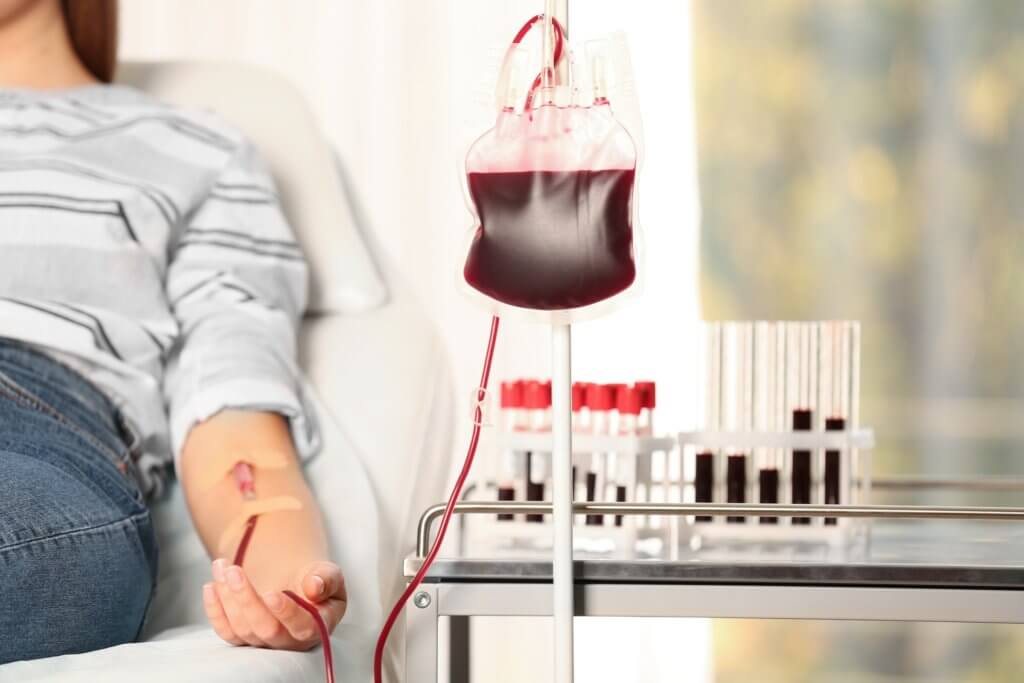08 Apr How Therapeutic Phlebotomy Treats Illnesses
Over many years, doctors have learned new ways to help understand and heal our bodies. One interesting way they do this is called therapeutic phlebotomy. This is a process where doctors remove a little bit of blood from someone to help treat an illness. This idea isn’t new; it’s been around since ancient times. But today, we use it in a more careful way to help with certain health problems. This article will tell you all about how therapeutic phlebotomy works, why we use it, and how it’s changed from old times to now. It’s a really interesting part of medicine that helps many people stay healthy.
What is Therapeutic Phlebotomy?
Therapeutic phlebotomy is when doctors remove blood from a patient’s body to help with certain health problems. This practice can help with very specific sicknesses. There are strict protocols, so doctors only take the amount of blood that will help. This can really improve a person’s condition by changing how much blood is in their body and what the blood is made of.
When Is It Used?
Therapeutic phlebotomy is a way doctors help people with certain health issues by taking out a bit of their blood. Think of it like helping the body get rid of stuff it has too much of, or making the blood flow better. Here are some reasons why doctors might do this:
Hemochromatosis
Some people have too much iron in their bodies, which can hurt their organs. Taking out some blood can help get rid of the extra iron and keep their organs safe.
Polycythemia
This is when someone has too many red blood cells. Too many RBCs can make the blood thick and slow, raising the chance of blood clots. Removing some blood helps thin it out and let it flow better.
Chronic Liver Disease
For people with long-term liver problems, taking out some blood can ease the liver’s work and help prevent serious bleeding problems.
Porphyria
This is a rare disease where certain chemicals build up in the blood and can cause pain or other problems. Taking blood out helps lower these chemicals.
Sickle Cell Disease
Though not the main treatment, in some cases, like before surgery, taking out a bit of blood can help improve blood flow and reduce risks.
Doctors think carefully before suggesting this treatment, looking at the person’s overall health, how severe their condition is, and any possible risks to make sure it’s the right choice.
The Evolution from Bloodletting
As we discussed before, this therapy isn’t new. Long ago, people believed in bloodletting, a way to make someone healthy by removing some of their blood. Ancient Greek people thought our bodies consisted of four liquids: blood, phlegm, black bile, and yellow bile. They thought that you became sick when these liquids were out of balance. In order to cure you, they would rebalance them by removing some, like blood, for example.
Doctors used to treat many illnesses, like fevers or high blood pressure, by bloodletting. They would usually drain the blood by making a cut in the skin, but sometimes they even used leeches! But over time, as we learned more about how the body and diseases really work, we realized bloodletting didn’t help most of the time and could even be dangerous. Now, doctors only use it in very specific cases where they’re sure it will help.
How Therapeutic Phlebotomy Is Performed
The process of therapeutic phlebotomy is a lot like giving blood. Here’s what a standard procedure looks like:
1. Health Check and Blood Tests: Before anything starts, doctors look into the patient’s health history and run some blood tests. This step helps them figure out exactly how much blood needs to be taken out. The goal might be to lower excess iron in the blood or to thin out the blood if it’s too thick.
2. Setting Up: The procedure takes place in a clean, safe place like a hospital or clinic. Here, patients get to sit or lie down. This is to make sure they feel comfortable and to prevent them from feeling dizzy during the process.
3. Drawing Blood: A phlebotomist then cleans an area on the arm and carefully inserts a needle connected to a tube and a bag. This setup collects blood. About a pint of blood is usually taken, but the exact amount depends on the patient’s needs. The whole process typically lasts 30 to 45 minutes.
4. Monitoring and Follow-Up: After the phlebotomist draws the blood, doctors monitor the patient’s progress and decide if the procedure needs to be repeated. The number of therapeutic phlebotomies needed varies with each patient, based on how the procedure is working. This careful monitoring makes sure that the treatment is both safe and beneficial for the patient.
Conclusion
In conclusion, therapeutic phlebotomy is a great example of medical treatments evolving as we learn more about our bodies. Now, we use this treatment to help people with special illnesses. This idea has grown a lot from the old days, proving we can always find new ways to heal if we keep learning and asking questions. It’s exciting to think about how this will help us discover even more ways to take good care of each other in the future.

